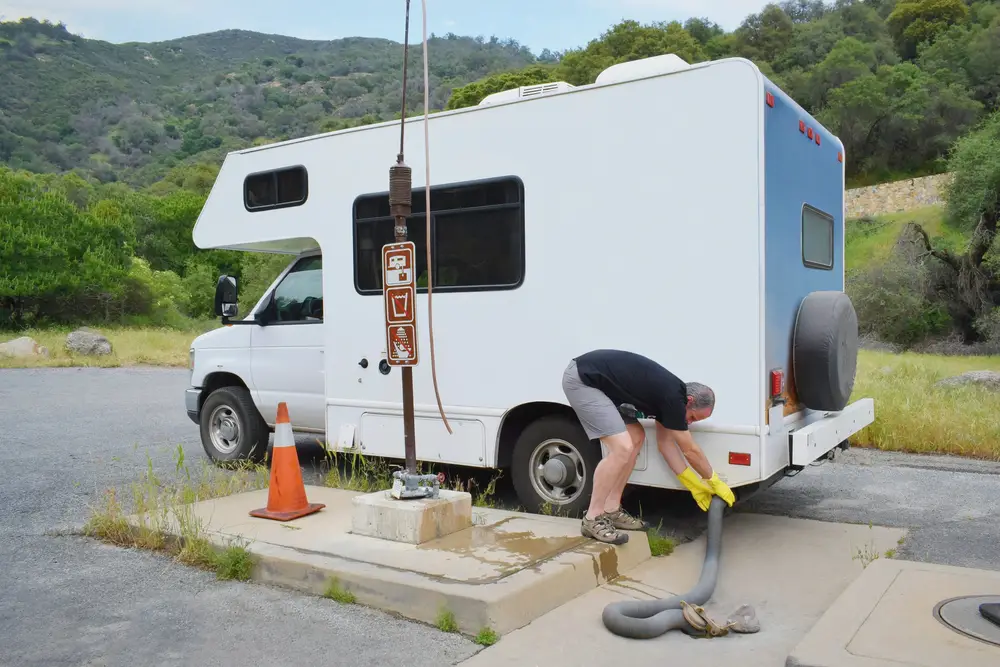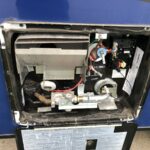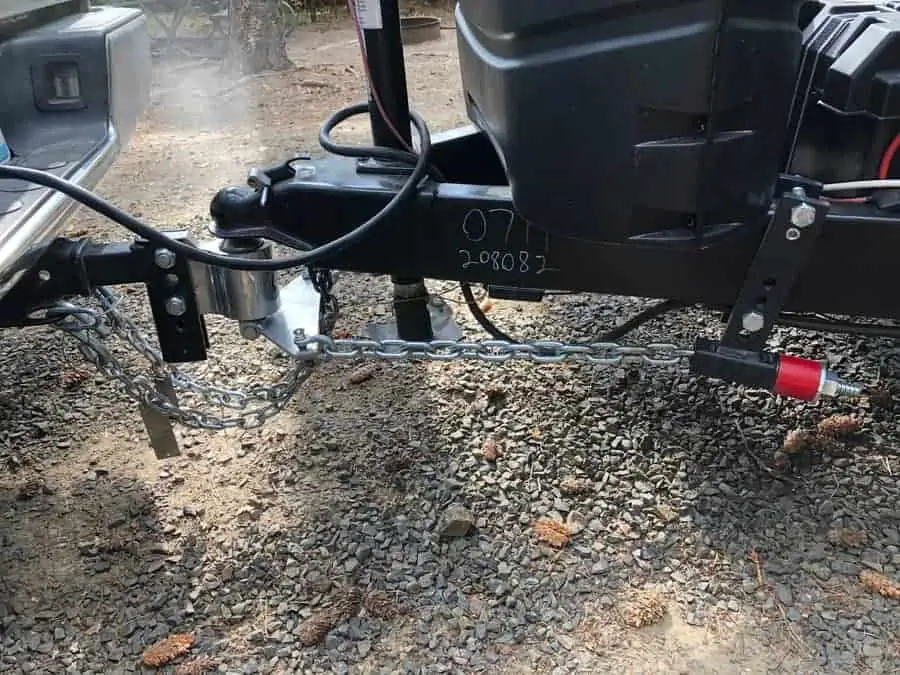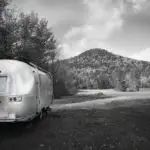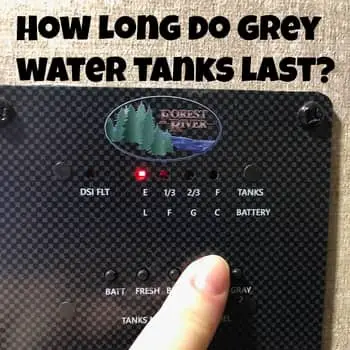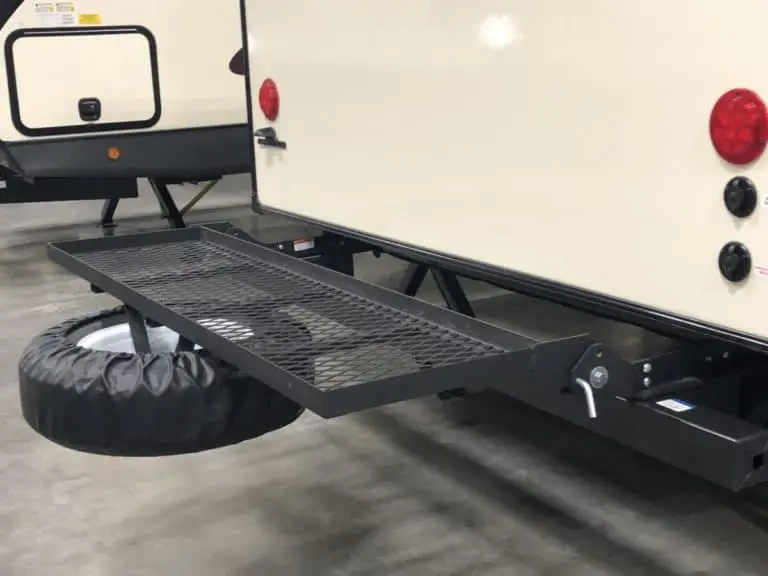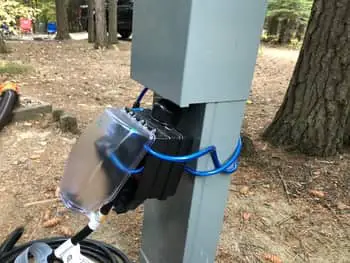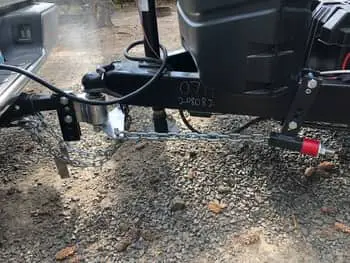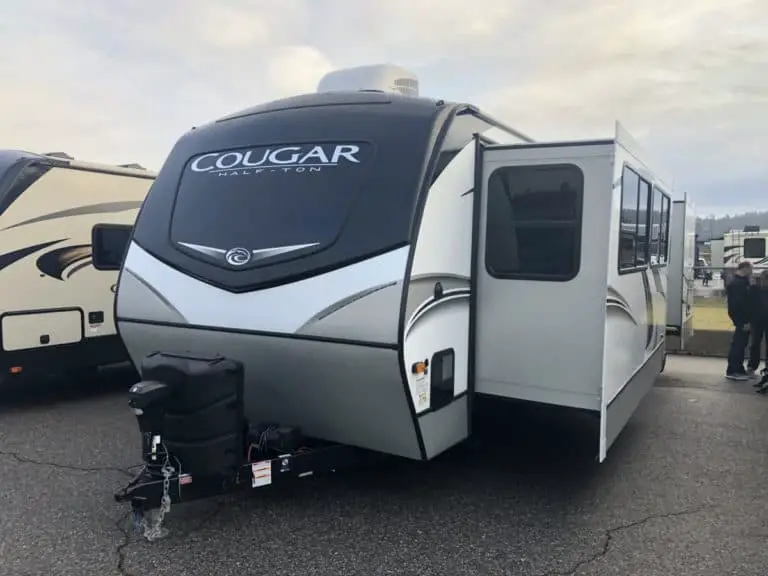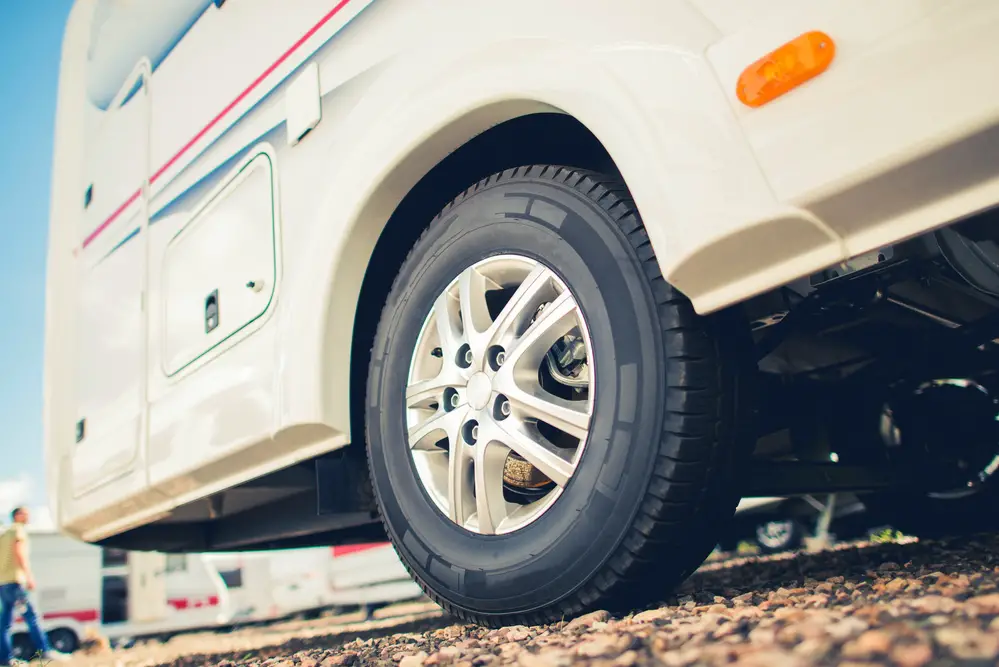What To Look For When Buying a Used Class C Motorhome: Essential Tips for a Smart Purchase
Class C motorhomes are a budget alternative to the luxurious class A motorhomes. They are smaller and have fewer amenities than class A motorhomes, but are more fuel efficient and cheaper to maintain.
The most important things to look for when buying a used Class C Motorhome are the mileage, leaks or water damage, the condition of the appliances/electrical system, tires, engine, interior condition and much more. Failing to make these inspections will cost you thousands down the road of RV ownership.
Buying a used Class C motorhome can be a smart and economical choice if you’re looking to explore the open road without breaking the bank. However, there are several factors to consider when making your decision. In this article, we’ll discuss essential aspects to help you make an informed choice when purchasing a pre-owned Class C motorhome.
Consider the age, mileage, and overall condition of the motorhome. Evaluating these elements can give you a better understanding of how well the previous owner maintained the vehicle. Also, consider potential repair costs, which could impact your overall budget. Furthermore, look for signs of water damage, rust, and structural issues, which could indicate more significant problems down the line.
Knowing the floor plan and features you desire in a Class C motorhome is essential. From storage and sleeping arrangements to kitchen and bathroom amenities, be sure to prioritize the elements that matter most to you. By understanding all these factors, you’ll be better equipped to find a used Class C motorhome that fits your needs and lifestyle.
Class C RV Inspection Process
Hiring an RV Inspector to Inspect your Class C RV
Hiring a professional RV inspector is a wise decision before purchasing a used Class C motorhome. An experienced inspector can identify potential issues and maintenance concerns that might go unnoticed during a casual self-inspection. Look for an inspector who is certified through the National RV Inspectors Association (NRVIA) for a thorough and reliable inspection.
An RV inspector will conduct a comprehensive examination of the motorhome, including the engine, electrical system, plumbing, and structural integrity. The inspector will provide you with a detailed report highlighting any problems, recommended repairs, and estimated costs. This information is invaluable in making an informed decision on whether to purchase the motorhome or continue your search.
Self-Inspection Checklist for Class C RV’s
While hiring an RV inspector is recommended, you can also perform a self-inspection of the used Class C motorhome. Here is a brief checklist that will help guide you through the process:
- Exterior: Look for any signs of leaks, cracks, or delamination on the exterior walls. Check the roof for damage, loose seals, or punctures. Make sure all windows and doors are properly sealed and functioning. Inspect tires for wear and verify that lug nuts are secure.
- Engine and Chassis: Examine the overall condition of the engine, looking out for oil leaks, worn belts, or corroded hoses. Check the frame and suspension components for rust or damage. If possible, get the vehicle’s service history to ensure proper maintenance.
- Electrical System: Test all lights, switches, outlets, and appliances to ensure they’re in working order. Inspect the wiring for frayed or corroded connections. Verify that the motorhome’s batteries are in good condition and hold a charge.
- Plumbing and Water Systems: Check the freshwater and wastewater tanks for cracks or leaks. Test the water pump, faucets, and toilet to ensure they’re operational. Inspect the water heater and any exposed pipes for signs of corrosion or damage.
- Interior: Look for signs of water damage or mold in the walls, ceiling, and floor. Verify that all furniture and cabinetry are secure and in good condition. Test the functionality of the air conditioning and heating systems.
If you need help with your self inspection, we have a full step by step course on how to inspect travel trailers, 5th wheels, Class A, B, and C RV’s and campers. You can find more information about it here.
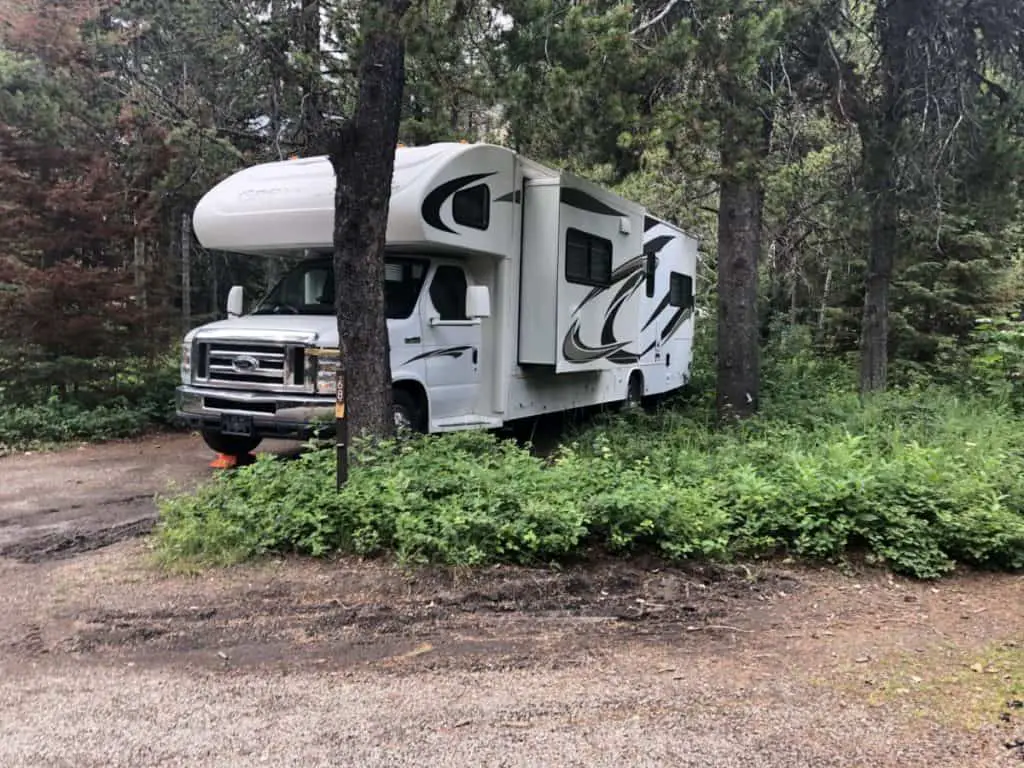
Remember, the inspection process is crucial when you’re considering a used Class C motorhome purchase. By hiring an RV inspector and conducting your self-inspection, you can gain confidence in your decision and be better prepared for potential maintenance costs in the future.
Exterior Evaluation and Inspection of Used Class C Motorhomes
Roof and Water Leaks
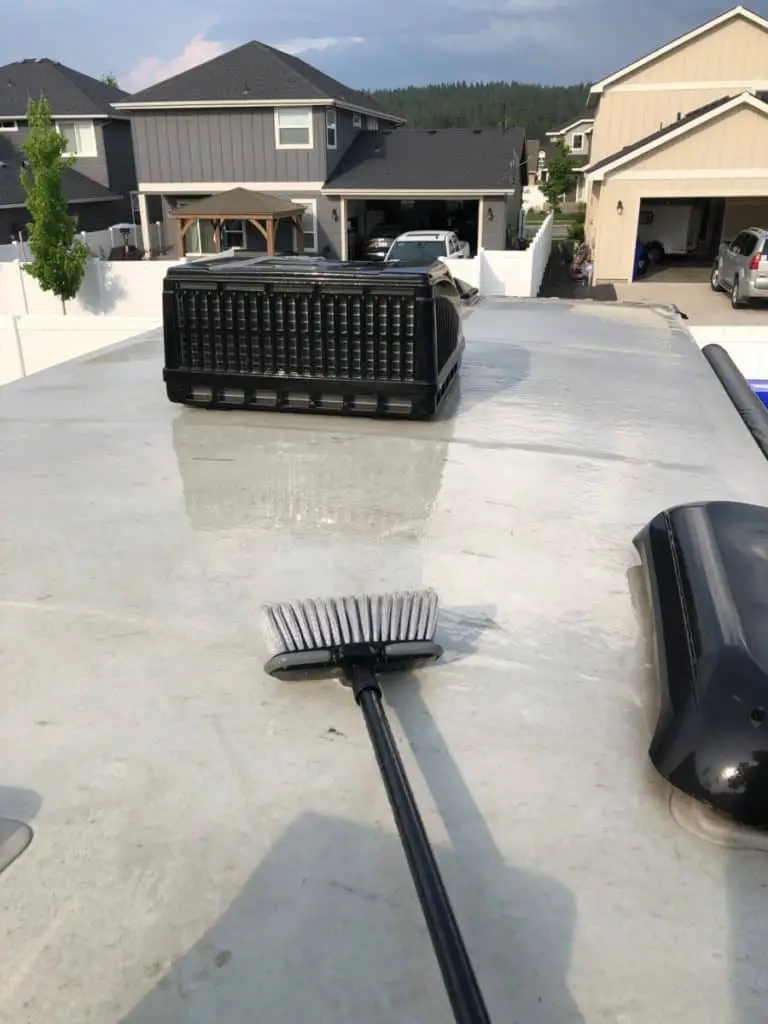
Examine the roof of the motorhome closely. Look for any signs of damage, such as cracks or holes that might cause water to leak into the vehicle. Pay attention to where the front cap meets the rubber roofing and that the seal is undamaged.
Check for water damage inside as well, around the ceiling and walls. Open up every drawer and cabinet to look for any water damage behind there too.
Keep an eye out for any signs of mold or mildew, and make sure all roof-mounted accessories are in good condition.
Doors and Windows
Inspect the doors and windows to ensure they open and close properly. Look for any signs of rust, damage, or warping, and ensure that the window seals are in good working order. Also, check the condition of the screens and ensure there are no rips or tears.
Undercarriage
Take a look at the undercarriage of the motorhome, checking for any signs of rust or damage. Inspect the frame, suspension, and axles for any visible issues. If possible, get underneath the vehicle to ensure there are no hidden problems.
Damage Caused by Poor Storage and Maintenance
Most people don’t use class C motorhomes as daily drivers – they are too big and too thirsty to serve as daily-use vehicles. Therefore, class C motorhomes spend most of the year stationary stored inside a garage or outside in the elements.
Class C motorhomes flood the roads during holidays, when families travel from urban areas to the countryside. They go back to storage when the trip ends. Consequently, most used RVs on the market have low mileage readings.
When considering other used vehicles in the market, low mileage is an advantage to the buyer. However, low mileage on an RV doesn’t necessarily indicate that the vehicle is in good condition. Since class C motorhomes spend a lot of time stationary, they sometimes suffer from the effects of poor storage.
The underside of the RV is the best place to check for poor storage. If rust instead of paint covers the bottom, the owner of that class C motorhome stored it poorly. If the interior looks faded, the RV might have spent a lot of time exposed to the sun.
A Class C motorhome should be covered and stored in a moisture-free environment, protecting it from leaks, rust, and sun damage.
Discolored upholstery as a solitary issue shouldn’t prevent you from buying an otherwise good class C motorhome. However, you can use it as an excuse to lower the purchase price. On the other hand, rust damage should have you running for the hills.
Damage From an Accident
The untrained eye can sometimes fail to detect signs of accident damage on an RV. Vehicle repair shops can restore motorhomes to near-perfect condition after an accident.
Nevertheless, the underside often bears subtle signs of accident repair. A bent frame or extra welds on the frame may indicate that the RV was in an accident.
If you suspect the RV was in an accident, ask the owner for the Vehicle Identification Number (VIN) and the vehicle’s accident history. Hesitation or vagueness from the owner might suggest that they are concealing something.
Running the VIN through software like Carfax or RVchecks.com will reveal plenty of helpful information about the vehicle, including accident history. These applications aren’t free, but they may prevent you from buying a class C motorhome with accident damage.
Tires
Examine the tires thoroughly. Check for:
- Tread depth: To ensure adequate grip and safety, make sure there is sufficient tread on all tires. A simple way to measure this is by using a tire tread depth gauge or by inserting a coin into the tread, with the coin’s head facing down. If the top of the head is visible, the tires may need replacing.
- Wear pattern: Uneven wear could be a sign of alignment or suspension issues, which may require further investigation.
- Age: Tires have a limited lifespan. Check the tire’s manufacturing date, usually found on the sidewall as a four-digit code, where the first two digits represent the week and the last two digits represent the year of manufacture. If the tires are over five years old, you should consider replacing them.
Due to the occasional use of class C motorhomes, some owners fail to change the tires – they simply re-inflate the tires before every annual journey. RV tires may rack up fewer miles than daily-use tires, but after several years, they need changing.
Inspect the tires for tread wear, cracks, or sidewall damage. Some buyers overlook the tires, despite their impact on performance and safety. If the tires have symptoms of damage or overuse, try to renegotiate the price or have the owner replace the tires.
Beware of sellers who install new but substandard tires to hoodwink buyers. Tires installed on a class C RV must have the correct load rating.
Interior Assessment and Inspection of Used Class C RV’s
Mold and Water Damage
Water is the class C motorhome’s Achilles’ heel. Motorhomes are impervious to most weather elements but can’t seem to keep out water. When new, class C motorhomes keep water out quite well. However, the seals and linings that keep moisture outside start to wear with age.
You might not notice water leakage into the RV because moisture sneaks into the tiniest crevices. Many class c motorhome owners drive leaking RVs because moisture penetration can be difficult to detect.
Unfortunately, water leaking into an RV can have disastrous consequences. Moisture supports mold growth, a potential health hazard. Leaking water can also damage appliances or compromise the motorhome’s structural integrity.
Finding potential leaks and water damage requires a patient and thorough vehicle inspection. Signs of moisture damage on a class C motorhome include:
- Spongy ceiling, walls, or floor
- Loose window and door seals
- Discoloration of the floor or walls
- Damaged sidewalls
Water damage isn’t always apparent, so take your time inspecting the RV. An RV’s smooth external fiberglass linings deceive many class C motorhome buyers into buying used vehicles plagued by extensive but unseen water damage.
Most class C motorhomes have multilayered walls made of fiberglass and styrofoam or wood. When moisture gets into the walls through the roof, it sparks wood rot. The internal damage manifests externally in the form of waves and bulges. At this point, the wood lining is damaged beyond repair.
Replacing the walls of an RV is expensive. Therefore, inspect the vehicle thoroughly before completing the purchase.
You can hire a motorhome expert to help you identify a class C motorhome with minimal or no water damage. It’ll cost you less than it would to replace damaged RV sidewalls.
Inspect the interior of the motorhome for any signs of mold and water damage. Look for discoloration on walls, ceilings, and floors, as well as a musty odor. Pay close attention to areas around windows, doors, and plumbing fixtures, as these are common locations for leaks. Additionally, feel for any soft spots or swelling in the flooring or walls, as this may indicate water damage.
Front Cap Water Leaks
Class C RV’s have the nice bed area over the drivers seating area, which is a great extra spot for a bed, but they are prone to leaks and leak in many RV models. Make sure there are no cracks and no water damage in this area.
Plumbing and Appliances
Check all plumbing systems and appliances for functionality and potential leaks. This includes the bathroom, kitchen sink, RV water heater, furnace, and any other water sources. Turn on faucets to ensure proper water flow and drainage. Examine the water heater, furnace, and air conditioner for signs of wear or damage.
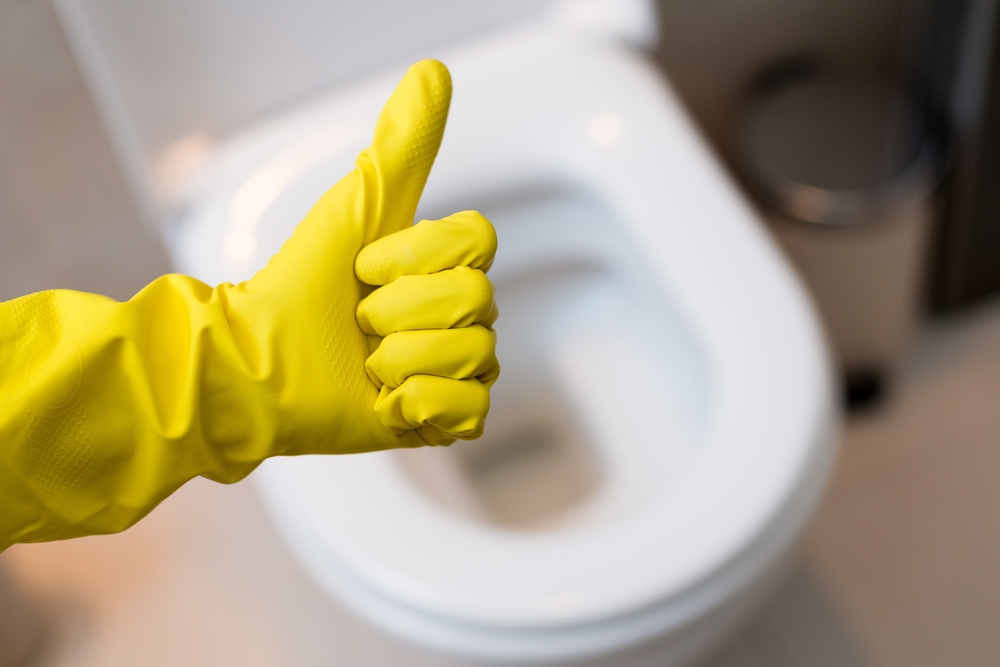
Evaluate the kitchen appliances, such as the refrigerator, stove, and oven. Make sure they are operational and clean. Inspect the propane system for any issues, including leaks or corrosion on connections.
Remember to assess the electrical systems and lighting throughout the motorhome. Ensure all switches, outlets, and lights are functioning properly.
By thoroughly checking the interior and systems of a used Class C motorhome, you can be confident in the overall quality and safety of your purchase.
The seller can replace whatever is broken or cut the price of the damaged items from the purchase price.
Mechanical Components to Inspect on Used Class C Motorhomes
Engine and Mileage
When buying a used Class C motorhome, check the engine type. Generally, diesel engines offer better power, fuel efficiency, and longevity compared to gasoline engines. Keep in mind that diesel engines might require more expensive maintenance. Inspect the engine for any signs of damage, leaks, or excessive wear.
Pay attention to the mileage on the motorhome. A lower mileage indicates less usage, but it might not always be the best indicator of the vehicle’s condition.
Electrical System
Examine the electrical system in the motorhome, including the batteries, generators, wiring, and connections. Look for any signs of corrosion, damaged wires, or loose connections. Test all the electrical components in the motorhome such as lights, appliances, air conditioning, heaters, solar systems, and outlets to ensure they function correctly.
Braking System
Don’t overlook the importance of the braking system when evaluating a used Class C motorhome. Inspect the brake pads and rotors for excessive wear or damage. If possible, take the motorhome for a test drive to assess the brake responsiveness and overall handling of the vehicle.
Tanks and Connections
Finally, inspect the motorhome’s fuel, freshwater, and wastewater tanks. Make sure there are no leaks, rust, or other damage. Check the connections and hoses for any signs of wear or damage. Don’t forget to test the functionality of the valves and monitors for the tanks. Properly functioning tanks and connections are crucial for a comfortable and reliable motorhome experience.
Common Potential Issues
Delamination and Rot
When shopping for a used Class C motorhome, one of the first things you should check for is delamination and rot. Delamination occurs when the outer layer of the motorhome’s sidewall separates from its inner structure. Signs of delamination include bubbling or waviness on the exterior surface. Rot, often caused by water damage, can weaken the structure of the motorhome, especially in wooden components. Inspect the walls, flooring, and cabinetry for soft spots or discoloration that could indicate rot.
Leaks and Seals
Another critical issue to be aware of when buying a used Class C motorhome is leaks and compromised seals. Inspect the roof, windows, and doors for signs of water intrusion. Look for any water stains, mold, or mildew on the interior surfaces. Check all seals – around windows, doors, vents, and any other openings – for signs of wear or damage. Ensuring that the seals are in good condition can help prevent water damage and maintain the overall integrity of your motorhome.
Awnings and Vent Covers
Awnings and vent covers are essential features of Class C motorhomes, providing shade, ventilation, and protection from the elements. When browsing used motorhomes, it’s essential to examine the condition of awnings and vent covers closely.
For awnings, ensure they’re clean, free of damage, and can be easily opened and closed. Inspect the fabric for tears, stains, or signs of wear and check the metal framework for bending or rust. For vent covers, make sure they’re intact, undamaged, and properly attached to prevent any leaks or water intrusion.
By paying close attention to these potential issues, you will be better prepared to make an informed decision when selecting a used Class C motorhome.
If you are reading down this far and are overwhelmed, here is a reminder that we have a step by step course on how to inspect your RV before you purchase or even after you own it. Make sure to check it out!
This course will benefit you if you are in the new or used market, even NEW campers right off the lot have issues that you need to find prior to delivery.
The good news is that we show you how step by step.
Our course will teach you:
- Roof Inspection
- Slide out Inspection
- Seal Inspection
- Appliance Inspection
- A/C Inspection
- Heat Inspection
- Water Heater Inspection
- and Much More!
Test Drive Experience
Before making a decision on a used Class C motorhome, it is crucial to get behind the wheel and experience its performance firsthand. A test drive allows you to assess the motorhome’s overall condition and suitability for your needs.
During your test drive, pay attention to how the vehicle accelerates and its engine response. A well-maintained motorhome should have reliable torque, which is essential for safe and effortless driving on hills or when towing. Listen for any unusual noises or vibrations to spot potential issues that may need further inspection.
Take note of the steering and handling capabilities of the motorhome as you maneuver through turns and navigate different road conditions. A good Class C motorhome should feel stable and responsive, providing you with the confidence to drive it for long periods or in unfamiliar areas.
Another critical aspect to inspect during your test drive is the braking system. Ensure that the brakes are responsive and deliver adequate stopping power. Keep an ear out for any screeching or grinding noises, as these may indicate worn-out brake components that need replacement.
Lastly, do not forget to assess the overall comfort while you drive. Take note of the driver’s seat and its adjustability, and make sure you have a clear view of the road and mirrors. Evaluate the climate control system, ensuring that both the heating and air conditioning systems are performing efficiently to keep you comfortable during your travels.
By taking the time to carefully evaluate these aspects mentioned above during a test drive, you can ensure that the used Class C motorhome you choose is the right fit for your adventures ahead.
Lifestyle and Convenience
Floorplan and Space
When choosing a used Class C motorhome, consider the floorplan and space available. Think about your lifestyle and the activities you enjoy during your trips. Ask yourself: “Does the layout suit my needs?”, “Can I move around comfortably?”, and “Is there enough space for my companions and belongings?”.
The right floorplan provides a balance between living, sleeping, and storage areas. Evaluate the size and placement of the dinette, kitchen, bedroom, and bathroom. Make sure they meet your requirements for both comfort and functionality.
Amenities and Storage
A used Class C motorhome should come with adequate amenities for a convenient and enjoyable experience. Consider the following features:
- Kitchen: Look for a well-equipped kitchen with a refrigerator, stove, oven, and microwave. Additionally, check for sufficient counter space, cabinets, and a sink.
- Bathroom: Assess the bathroom to ensure it provides suitable privacy, functionality, and cleanliness. Important features include a toilet, shower, and vanity.
- Bedroom: Inspect the sleeping arrangements, such as beds, mattresses, and bedding. Ensure they suit your preferences and accommodate the number of people traveling with you.
- Climate control: Check the air conditioning and heating systems to make sure they are efficient and in good working condition.
- Entertainment: Evaluate the entertainment options, including a TV, stereo system, satellite, and Wi-Fi extenders.
Storage is vital for keeping your belongings organized and accessible during your trips. Examine the interior and exterior storage options, such as closets, cabinets, and compartments. Consider not only the amount of storage but also its practicality and ease of use.
Campground Compatibility
Finally, you’ll want to ensure the used Class C motorhome is compatible with the types of campgrounds and campsites you plan to visit. Check the length and any campground restrictions you might encounter, as some have limits on the size of RVs they can accommodate. It’s vital to know whether your motorhome meets these requirements before purchasing.
You should also assess the hook-up options for water, electricity, and sewage systems, ensuring they are compatible with standard campground connections.
By considering the floorplan, amenities, storage, and campground compatibility, you can confidently choose a used Class C motorhome that suits your lifestyle and provides the convenience you desire on your adventures.
Brands and Models
Winnebago Minnie Winnie
The Winnebago Minnie Winnie is a popular choice in the used Class C motorhome market. It’s built on a Ford E-450 chassis, providing both durability and reliability. You’ll find that this model offers a variety of floor plans to suit your specific needs. When searching for a used Minnie Winnie, consider factors such as age, mileage, and overall condition to ensure you’re getting a good deal.
Entegra Odyssey
The Entegra Odyssey is another solid option for a pre-owned Class C motorhome. This model is often built on Ford or RAM chassis, ensuring that parts and maintenance will be accessible. As you explore available used Entegra Odysseys, pay close attention to factors like storage space, sleeping capacity, and features that appeal to you. It’s essential to choose a motorhome that matches your travel style and preferences.
Tiffin
Tiffin motorhomes are known for their craftsmanship and luxurious features. While they typically produce larger Class A motorhomes, you may come across smaller Class C options. If you find a used Tiffin Class C motorhome, consider its size, layout, and amenities to ensure it aligns with your wants and needs. Keep in mind that Tiffin motorhomes might come at a higher price point due to their reputation for luxury.
Remember, when buying a used Class C motorhome, it’s essential to research the brands and models that catch your attention. Evaluating the options and determining which one best suits your needs will help you make a confident and informed decision.
Finalizing the Purchase
Negotiating the Price
When you find the perfect used Class C motorhome that suits your needs, it’s time to negotiate the price. Don’t be afraid to start low, but keep your offer reasonable and fair. Be prepared with information about current market value, pricing for similar models, and the condition of the unit.
Keep in mind any repairs or upgrades you may need to make, and factor those costs into your negotiation. Also, mention any unique features or advantages this specific motorhome offers that make it more valuable. Be confident and knowledgeable during the negotiation, as this will help you in getting a better deal.
Rent Before Buying
One way to ensure you’re making the right decision when purchasing a used Class C motorhome is to consider renting one before buying. This gives you an opportunity to try out the motorhome and see if it meets your needs and expectations.
Renting will also provide you a hands-on experience with driving, parking, and maintaining the motorhome, which will be invaluable in making your final decision. Remember, it’s better to spend a little money now on renting to learn more about the motorhome and ultimately make a better-informed decision, than to potentially lose a lot on a bad deal.
Frequently Asked Questions
What are common issues with used Class C RVs?
When buying a used Class C RV, some common issues you might encounter include leaks in the roof or windows, problems with the electrical system or appliances, and wear and tear on the chassis and engine. It’s essential to thoroughly inspect any RV you’re considering and address any potential issues before finalizing your purchase.
How much should a good used Class C motorhome cost?
The cost of a used Class C motorhome can vary greatly depending on its age, mileage, brand, and condition. Generally, you can expect to spend between $30,000 to $80,000 for a good quality model. Setting a realistic budget based on your needs and preferences will help guide your decision-making process.
What is the ideal mileage for a used Class C RV to ensure durability?
When looking for a durable used Class C RV, it’s best to find one with low to moderate mileage. Under 50,000 miles is generally considered ideal, as it often means the RV has a longer life ahead of it. Keep in mind that age and maintenance also play vital roles in determining an RV’s durability.
Which brands are known for manufacturing quality Class C motorhomes?
Several reputable brands are known for producing quality Class C motorhomes. Some of the top names include Winnebago, Thor Motor Coach, Coachmen, and Jayco. Researching and comparing different models from these brands can help you find the perfect RV that meets your needs and fits within your budget.
What questions should I ask the seller when purchasing a used Class C RV?
When purchasing a used Class C RV, it’s essential to ask the seller questions about its history and maintenance. Key inquiries include:
- How many previous owners has it had?
- What maintenance and repairs have been performed?
- Are maintenance records available?
- Are there any known issues with the RV?
- What is the reason for selling?
These questions will help you gather essential information and make an informed decision about your purchase.
What is the best length for a Class C motorhome based on my needs?
The ideal length for a Class C motorhome depends on your needs and preferences. Shorter models (20-25 feet) are generally easier to maneuver and park, making them suitable for weekend trips and couples. On the other hand, longer models (25-35 feet) offer more living space and storage, making them better for families or extended trips. Determine your priorities and select a length that best suits your lifestyle.
Conclusion
Getting a perfect second-hand class C RV is difficult but possible. Some RV owners maintained the vehicles supremely well. If you inspect every potential purchase for the issues listed above, you’ll eliminate problematic class C RVs likely to cost you fortunes in repair costs.
Finding a well-maintained class C motorhome takes time because there is so much to check. However, when buying a class C RV, patience pays.
If you’re looking for a used travel trailer, check out What To Look For In A Used Travel Trailer And How To Get The Best Deal.
Be the first to be notified about FREE tips, hints, coupon codes, and email-exclusive information. All for FREE!

